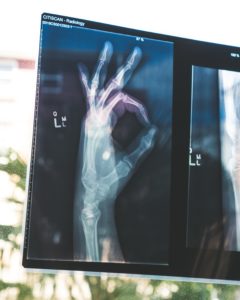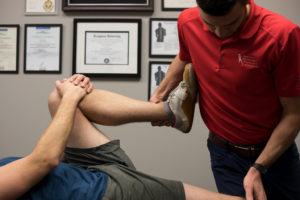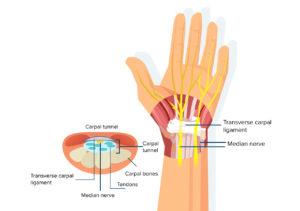We have all experienced it at some point. You turn to check your blind spot and you hear a crack in your neck. It may even sound really loud due to the close proximity to your ears. Many times this is harmless but can often make patients nervous. Let’s address some of the myths and answer “Are noisy joints normal?”
What is that sound?
First off, the term commonly used by healthcare clinicians is crepitus. Crepitus is defined as any grinding, creaking, cracking, grating, crunching, or popping that occurs when moving a joint. When you hear crepitus think joint noise. Although joints may be noisy, it does not tell the clinician much about the health of the joint.
Why does it occur?
Joint noise is a normal part of the aging process and most of time is not concerning. As we age, our joint surfaces become rougher as we lose cartilage, a term known as osteoarthritis. Osteoarthritis is commonly referred to as arthritis and is the normal wear and tear joints experience. There are other forms of arthritis but those won’t be covered here.
When is it a problem?

What can I do about it?
Motion is the lotion. One of the very best things you can do for arthritis is to move. In fact, I tell my patients daily that muscles and joints love and crave movement. Movement is lubrication for these tissues and is helpful when joints are painful. Treatment should focus on reducing pain and improving function. With that being said, chiropractic care can make sure joints have adequate range of motion but most of arthritis treatment involves active exercise by the patient. As a clinician, I am here to get patients out of pain and participating in an exercise program they enjoy. This helps build their capacity and makes them more robust
Check out our YouTube channel for some safe, healthy joint exercises while you continue to perform daily exercise. Follow along with our social media accounts and be on the look out for more arthritis content later this month.




